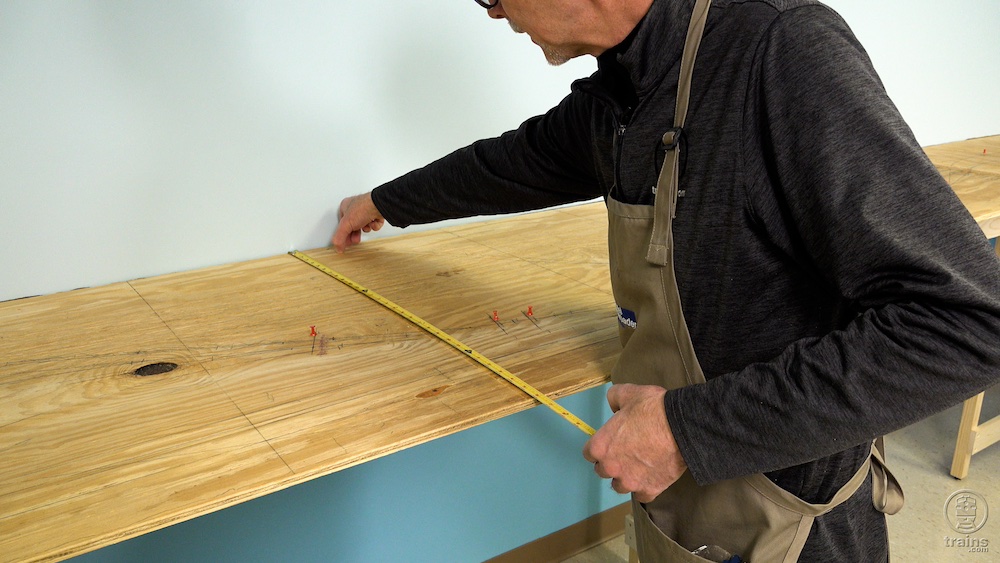
Reach, in model railroading terminology, is how far you can comfortably stick your arm into a scene without damaging the layout. Planning for reach is essential when designing a layout, as eventually you will need to dust, fix, change, or maintain one or more scenic features once it is built.
The maximum depth the average person can comfortably reach into a layout is about 30 inches. On tall model railroads, that depth is even less. Even at 30”, stretching to reach scenery items, clean track, or re-rail cars can require parts of your body to lean over foreground scenes, potentially resulting in damage to trees, trains, or structures.
That doesn’t mean you should never make your layout’s depth more than 30”. Certain scenic features may require more area. If that’s the case, consider these tips and tricks for improving reach around your layout, especially if you wish to avoid building one or more access hatches.
Looks vs Practicability
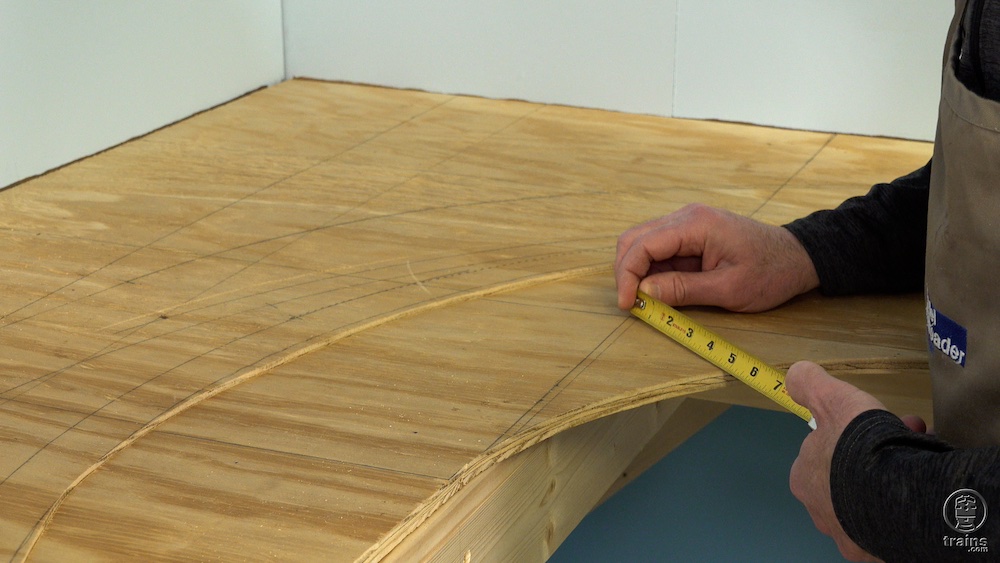
We all want our layouts to look good. But sometimes looks need to be sacrificed to improve reach. One example is the depth of reach at an inside corner.
Let’s suppose you’ve built a shelf layout on two walls of a room that join at a 90-degree inside corner. If the depth of the shelves is 30”, the depth at that corner where they meet is almost 34”. If you want to add curved fascia to the front of the layout to provide an aesthetically pleasing flowing edge, you add even more depth. Even if you use a tight 12” radius for the curve, it increases the depth to the corner to 39”. While that might not seem like much, the back of the corner is now well out of reach for anyone 6 feet tall or shorter.
There are two ways to improve the reach in this situation.
The first is to eliminate the curve in the fascia and join the layout sections at a 90-degree angle. While this improves the reach, it doesn’t eliminate the problem completely. With 30” shelves, the corner depth is still 34”. While that is still beyond the magic number, it is better.
The other option is to simply narrow the benchwork at this point to 28” or less. At 28”, the reach to the inside corner without the curved fascia is just under 30” and perfectly acceptable. If you want to keep the curved fascia, then narrow the benchwork at this location to 2”. Either way, you’ve sacrificed just a little of the layout’s depth to improve your reach.
Other ways to reach the same area
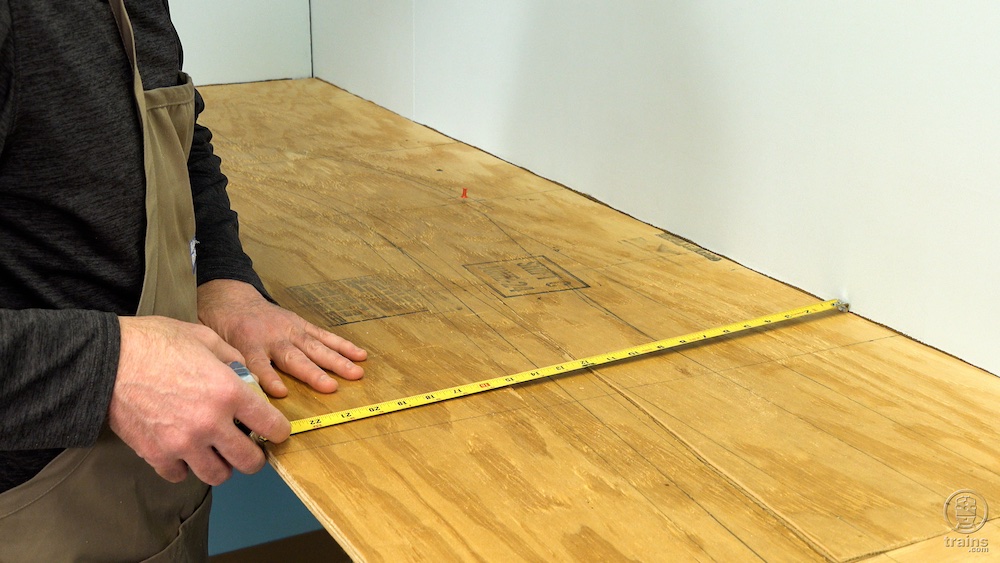
In places where you do need scenes deeper than 30”, you can sometimes work around them by including other access points. On some layouts, particularly those with low backdrops, you may be able to reach a scene by standing behind the railroad. This means the benchwork cannot be placed along a wall, unless you’ve made provisions for moving it, such as putting casters on the legs.
In other cases, it may be possible to reach an area from an open end of a railroad. Our Winston-Salem HO scale layout is a good example. At its deepest point, the reach into the scene is 36”. However, this layout has an open end next to that location, making the back of the scene easy to get to without having to lean over the layout. Be on the lookout for options such as these when access is needed on deeper scenes.
Step stools
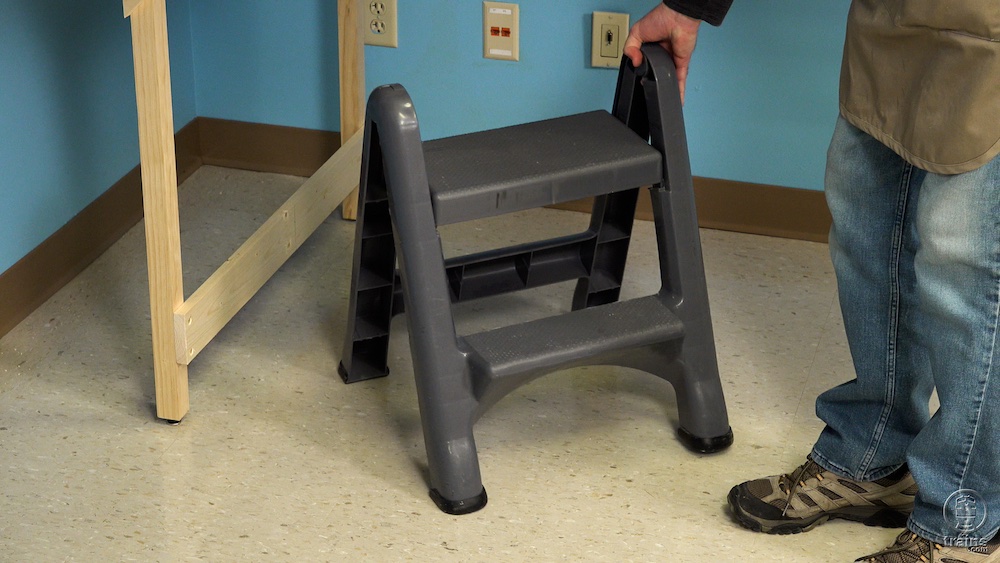
Perhaps one of the easiest ways to improve reach is an ordinary step stool. These items are low cost and available at many retail stores, such as Walmart. By raising your height 6-8”, which is usually a single step, you can dramatically improve your ability to reach into a scene. The extra elevation allows more of your body to project over the layout’s surface, much like a crane.
The main drawback of using a step stool is comfort. While it works well for easy tasks, such as rerailing a car at the back of a scene, working bent over the railroad for longer periods of time can be tough on your back and knees. If you plan to use a stool to improve reach for long periods of time, make sure it’s well built and that you have a solid way to support yourself when bending over. A stool with a long handle is ideal for this task, as the last thing you want to do is fall.
All of these methods can help you increase your reach into a model scene while reducing the chance of damaging items along the front edge of your layout.
Members can watch a Trains.com video on assessing reasonable reach.





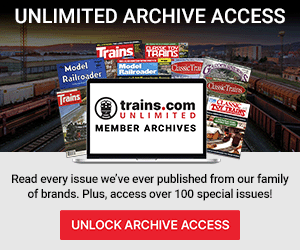
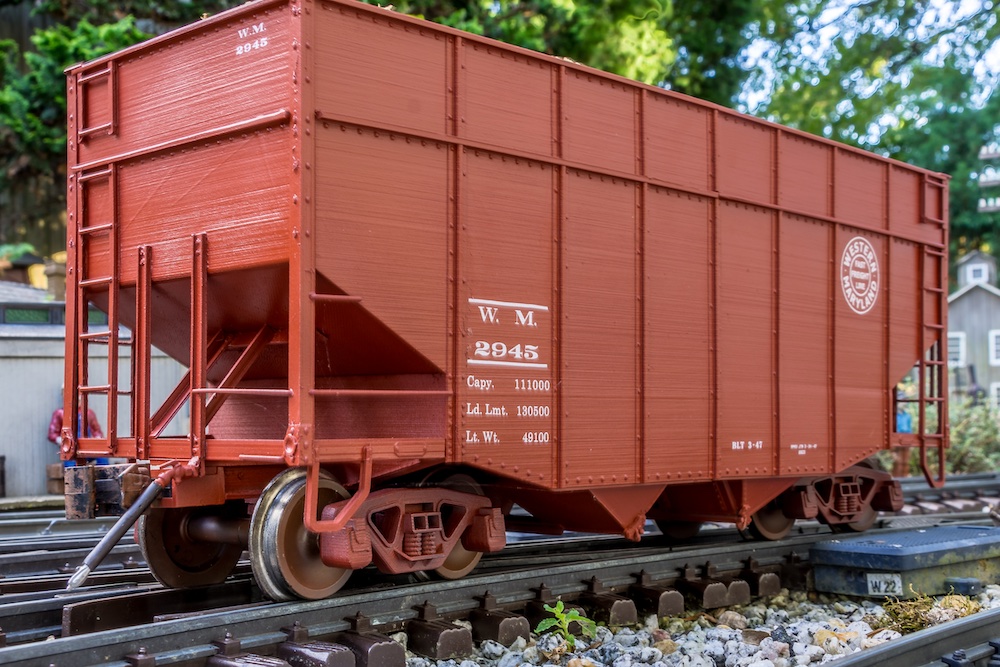
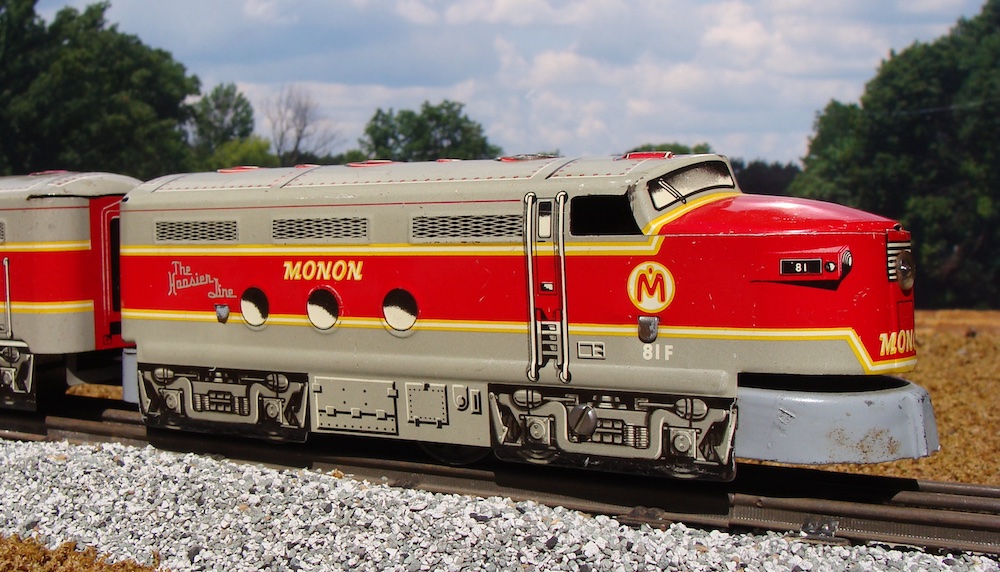
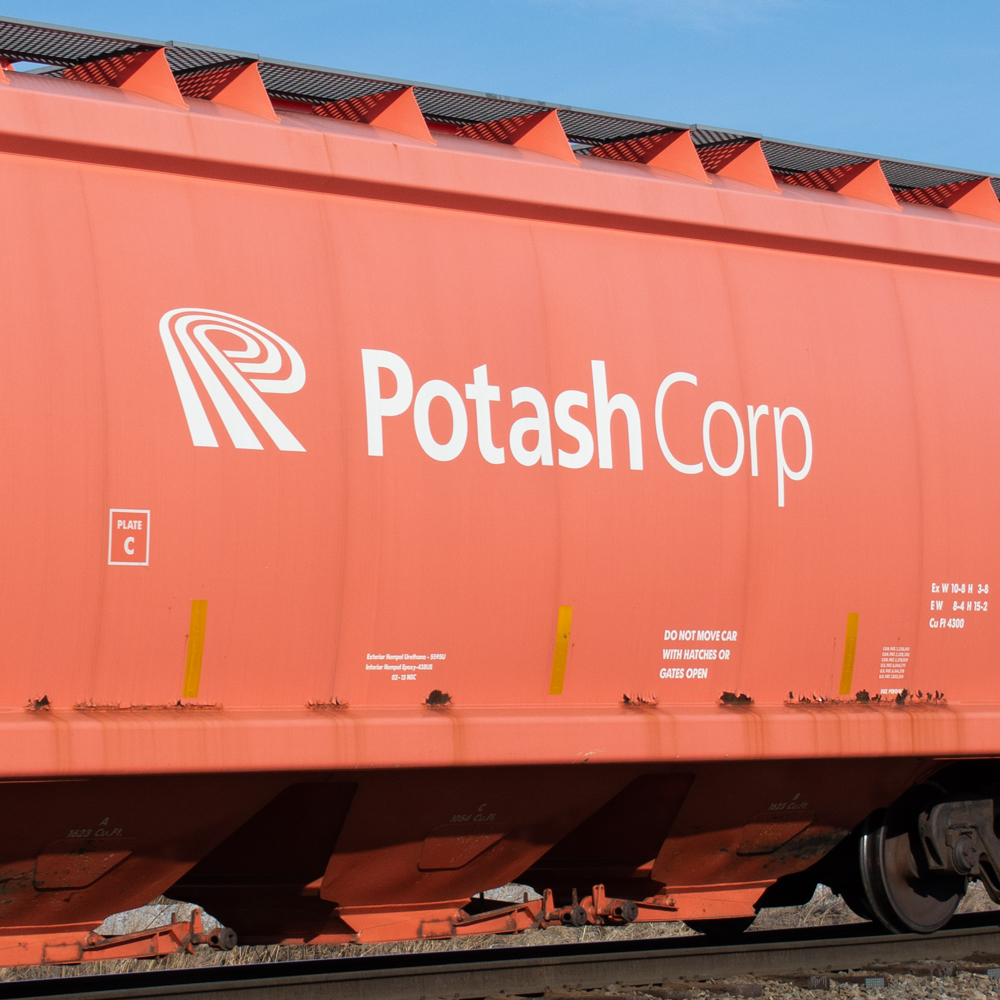
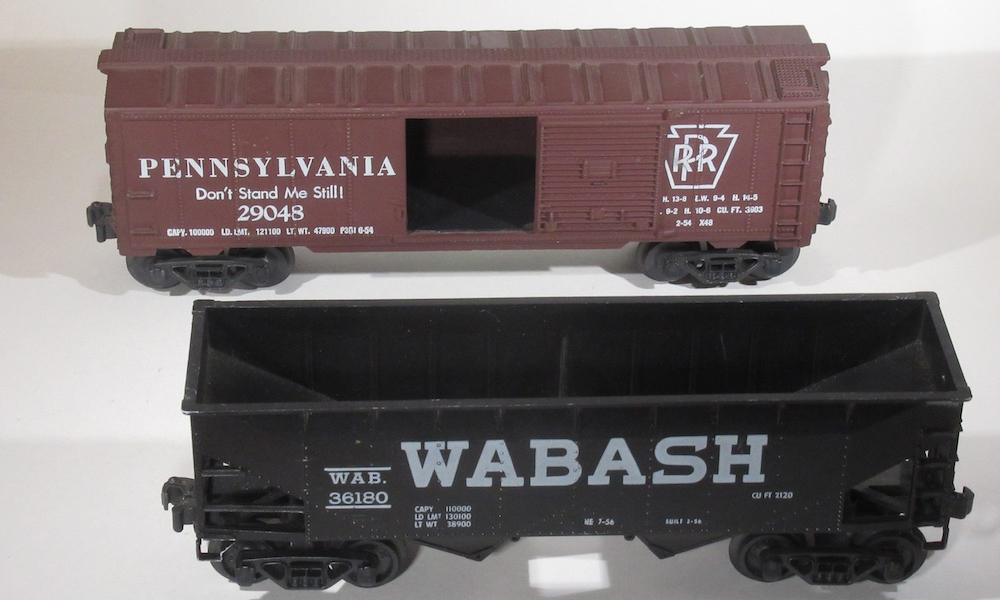
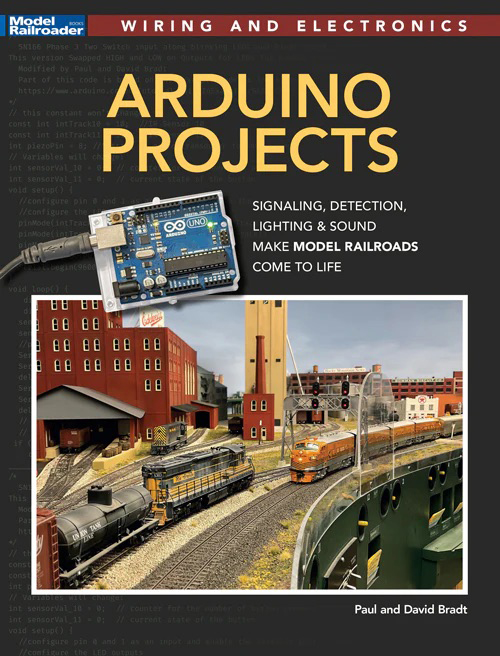
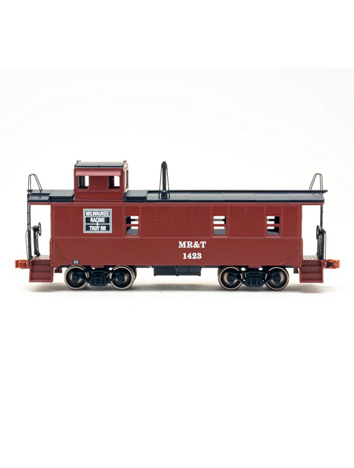
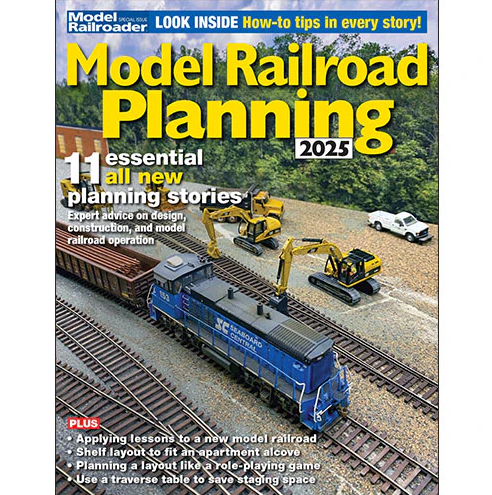
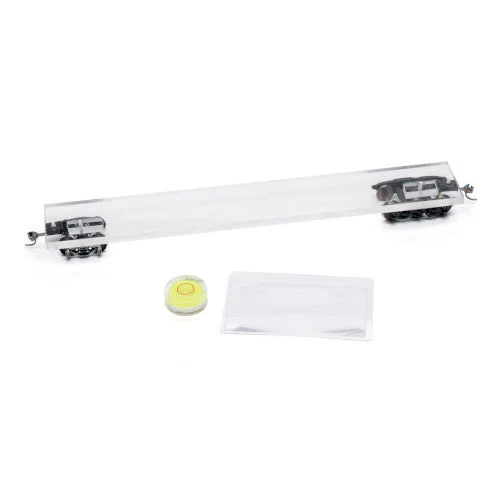
Even better are railroad step stools.
They’re a great height and have a large area for standing on.
I have several that I use at home and at my model railroad.
All great ideas!